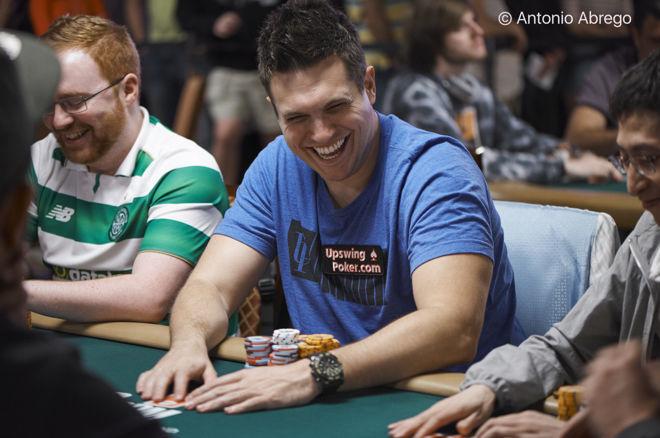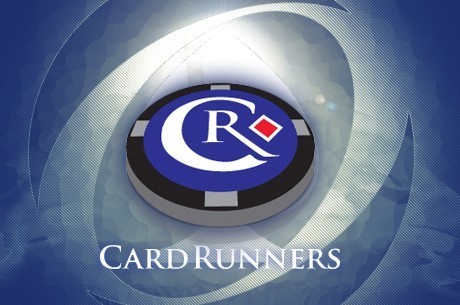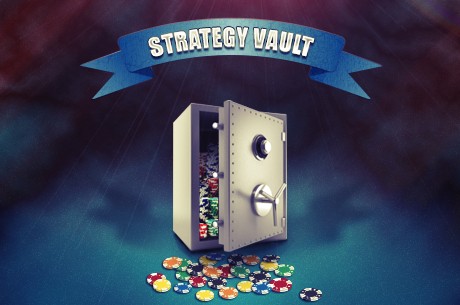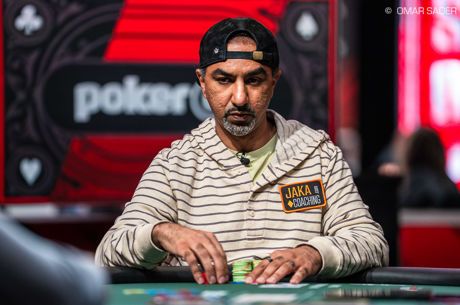4 Crucial Poker Lessons Learned from a $455,000 Tournament Score

Doug Polk��s $455,000 WCOOP score was one for the record books.
For those who missed it, the three-time bracelet winner set the record for the largest tournament cash ever streamed live with his second-place finish in the $10,000 buy-in high roller. (The players made a deal three-handed.)
Doug teamed up with tournament boss Pratyush Buddiga to make a 12-part video analysis series for Upswing��s Tournament Master Class. The series includes in-depth explanations of every hand Doug played on the way to his $455,000 score.
We��ve picked out 4 of the most important strategy lessons from this sick run to share with you today.
1. You can defend the big blind with a very wide range
You can defend many hands from the big blind in tournaments because antes and smaller pre-flop raise sizes combine to give you great pot odds. During his WCOOP run, Doug played a hand that showcased this strategy.
The blinds were 40/80 and a 10 ante. Doug faced an open from the player on the button to 189 and he opted to flat with 7?4?.
While 74o is one of the worst hands Doug could have been dealt, the pot odds make this a standard defend. He needs just 22% equity against his opponent��s range to call profitably, plus a bit more to account for his positional disadvantage. Let��s calculate how much equity 74o has versus an estimated button opening range:

74o has 36.14% equity versus an estimated button range��well above the 22% equity threshold required to profitably call. Folding this hand pre-flop would be like leaving money on the table. Granted, you will find yourself in some tough spots post-flop with hands like 74o out of position, but that��s the nature of big blind play tournaments.
If you aren��t confident enough to play post-flop with hands like 74o, feel free to fold them. But this equity simulation should make clear how loose the big blind can play against a small open from a wide range.
If strong players are profitably defending 74o, I��m sure you guys can handle defending hands like J5s.
2. Donk-betting isn��t always a donk-play
An age old rule in hold��em strategy is that the out of position caller should never bet into the aggressor, hence the term ��donk-bet��. This rule exists because the aggressor usually has the stronger range, and donk-betting into such a range compounds the out of position player��s disadvantage.
However, donk-betting can make sense on turns and rivers that favor the out of position player��s range. Doug and Pratyush refer to this play as the ��the weak lead��, which Doug demonstrates in the following hand.
The player on the button raised small, and Doug called from the big blind with 10?5?. The flop came J?8?5?, and Doug check-called versus a c-bet with his bottom pair. After turning trips on the 5?, Doug sprang to life with a donk-lead.

This turn favors our range over the button raiser because have more 5x combos in our range. Consequently, it��s reasonable for us to have a leading range; we are representing one of many 5x combos we might have.
Many players miss out on opportunities to use a leading range and will invariably check their entire range to the player who has the initiative. However, doing this can mean missing out on a lot of value.
By leading on turns favorable to our range, we prevent our opponent from checking back which would hurt our ability to get value. Moreover, if we mindlessly check too many of our 5x combos in this spot our checking range will become too strong, which our opponent can exploit by checking back.
Another benefit of leading for value is that it allows us to lead with some bluffs as well. On this specific board, we can have a number of straight draws which we could justifiably lead as a bluff (T9, 76, 97, 96, 74, 64).
3. How to bluff effectively
Deciding which hands to value bet is usually straightforward. Choosing which hands to bluff with can be more difficult.
Here is a good exercise that will help you bluff more effectively: next time you bet a hand for value, try to imagine which hands in your range you should bluff with in that same spot.
Doug exhibited this method in a hand where he 3-bet K?K? from the BTN versus a CO open, and then triple-barrelled for value on QsJc3d4c3s. The play with Kings here is obvious �C value bet �C so let��s consider which bluffs Doug should also play this way.
The best bluffing hands are those that block your opponent��s strongest possible hands. In this example, A2s and A5s are great bluffing candidates because having an Ace makes it harder for the cutoff to have AQ--a strong hand that will call down.
4. Why small 3-bet sizes aren��t effective
Many tournament players use small 3-bets, but you shouldn��t follow this trend. Doug explains why during a review of the following hand:
Blinds are at 600/1,200 with a 180 ante. Doug raises to 2,508 UTG+1 with K?10? and the action folds to the small blind, who 3-bets to 7,460.
This small 3-bet size will prove ineffective for 2 primary reasons:
- Small 3-bets give the original raiser great pot odds to call. We only need 28% equity versus the small blind��s range to profitably call, risking an additional 4,952 to win a pot of 17,560. Add in the fact that we will be in position post-flop and we have any easy decision to make �C call �� with a great portion of our range.
- Small 3-bet sizes cost your premium hands money. A larger 3-bet size will build a bigger pot, thus allowing you to make more money when you have a premium hand.
Note: It can make sense to use small 3-bet sizes when your stack gets short (17BB-25BB) because the original raiser is deterred from calling when there are fewer chips they can potentially win.
Master Class Wrap Up
Here��s a quick recap of the 4 points we just discussed:
- You can defend a wide range from the big blind in tournaments because antes and smaller pre-flop raise sizes combine to give you great pot odds
- Donk-betting can be good on turns and rivers that heavily favor your range over your opponent��s range
- Choose your bluffs carefully �� not arbitrarily �C based on their equity and blocker effects
- Don��t use small 3-bet sizes unless your stack gets below ~25 big blinds
If you��ve found these hand reviews insightful, consider checking out the full replay in the Tournament Master Class on UpswingPoker.com. There are more than 65 videos over six sections that cover everything from pre-flop & post-flop play to tournament-specific concepts.
Learn more about Upswing��s Tournament Master Class here.
Sponsor generated content by Upswing Poker








